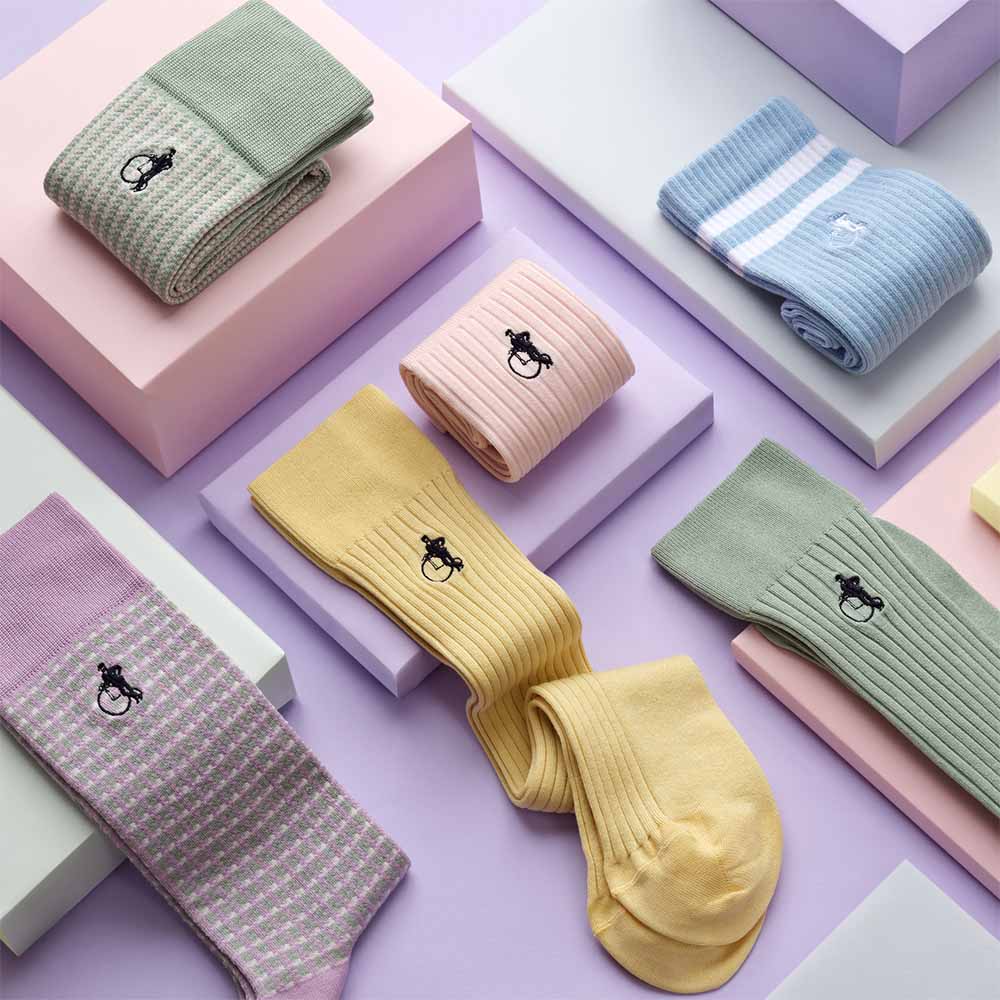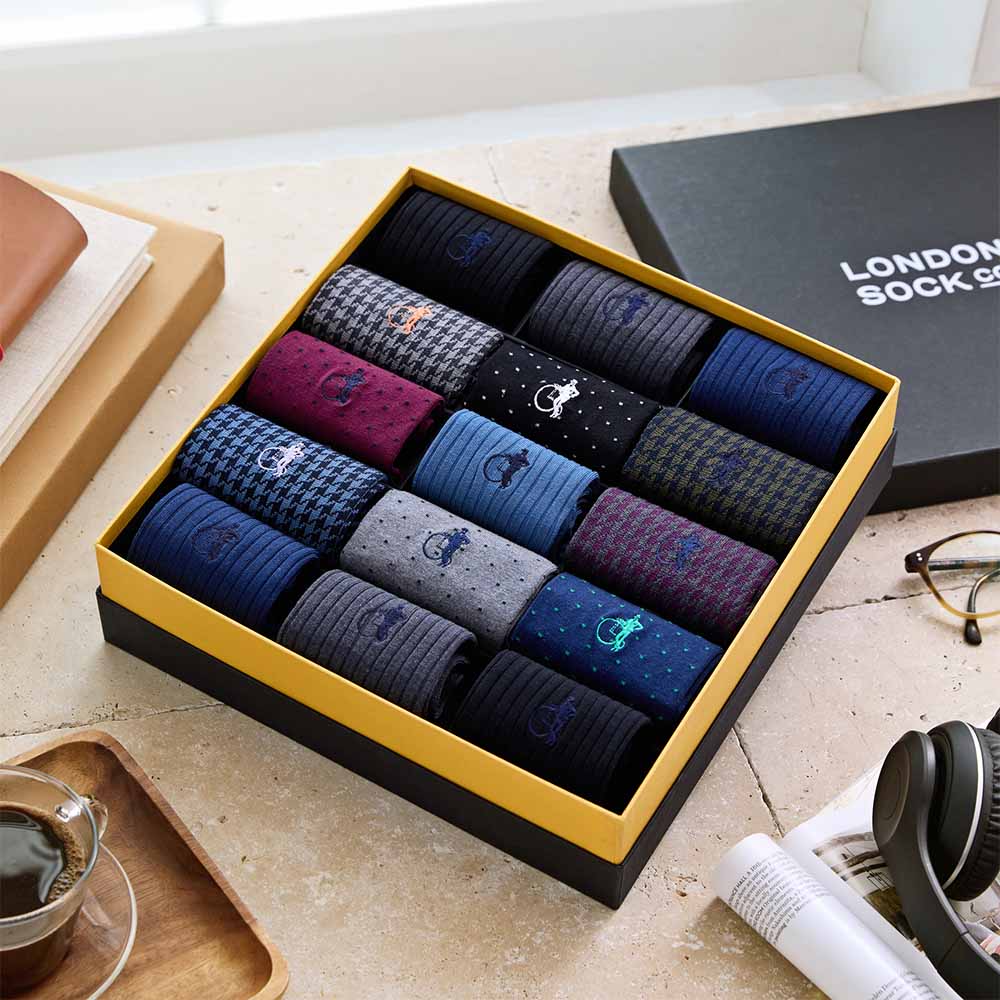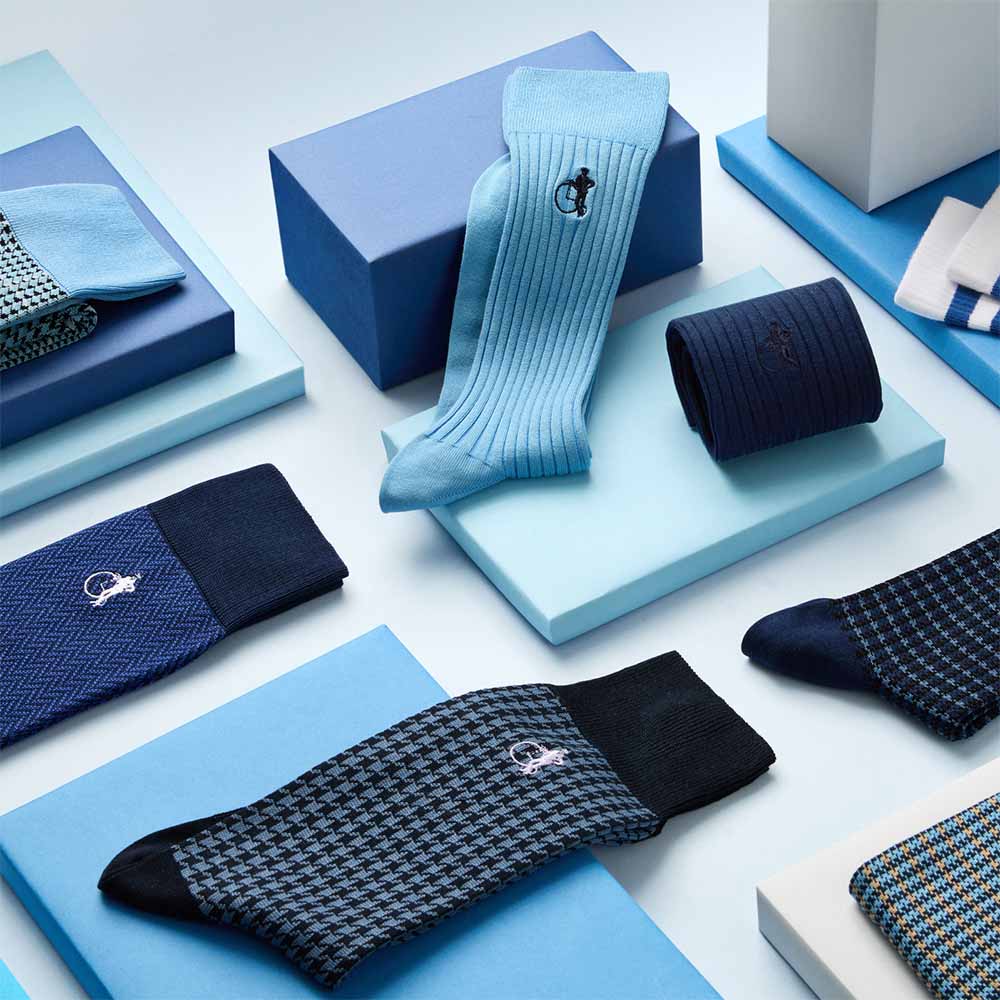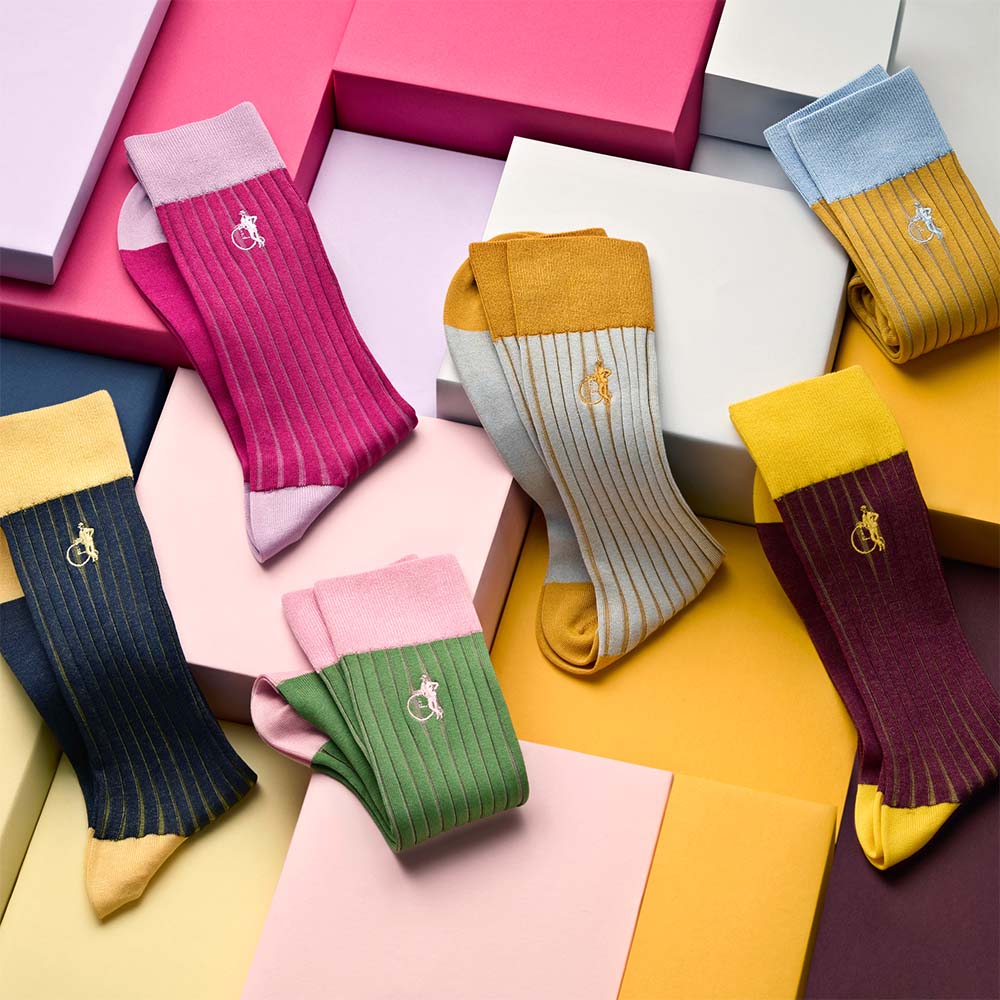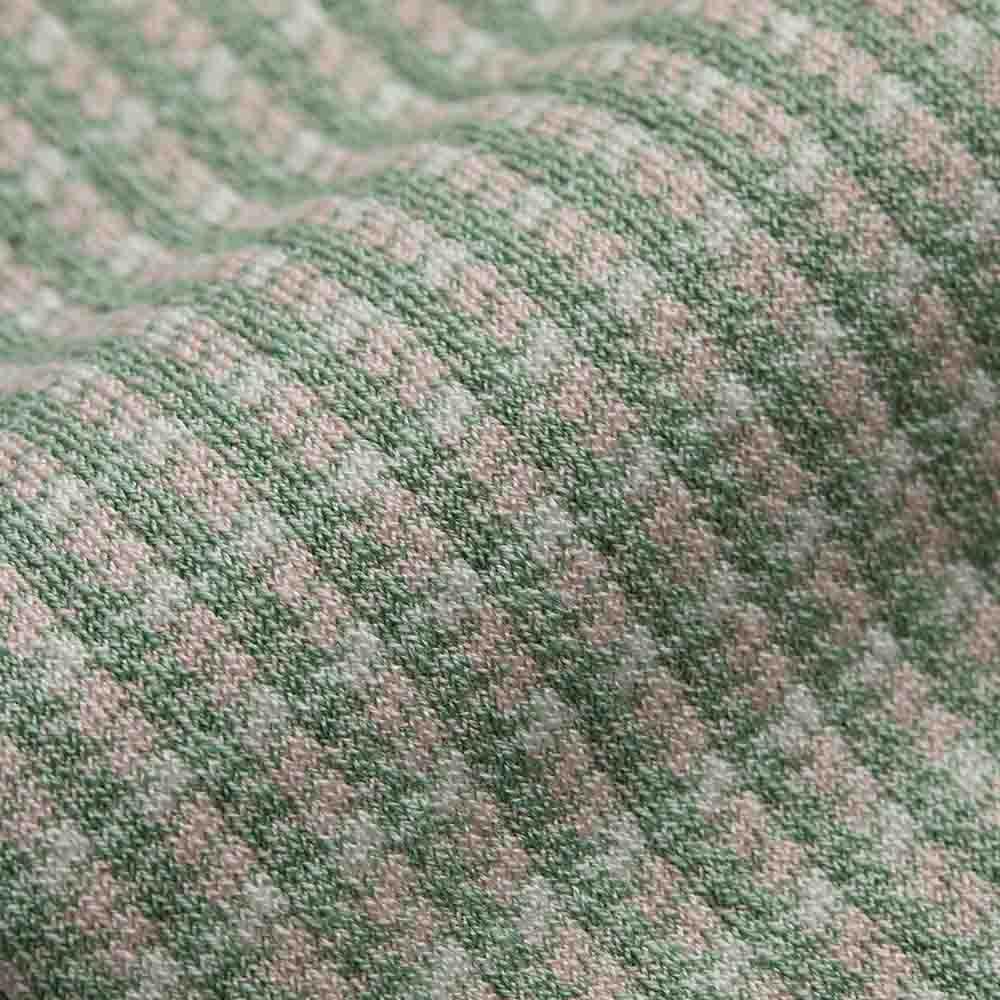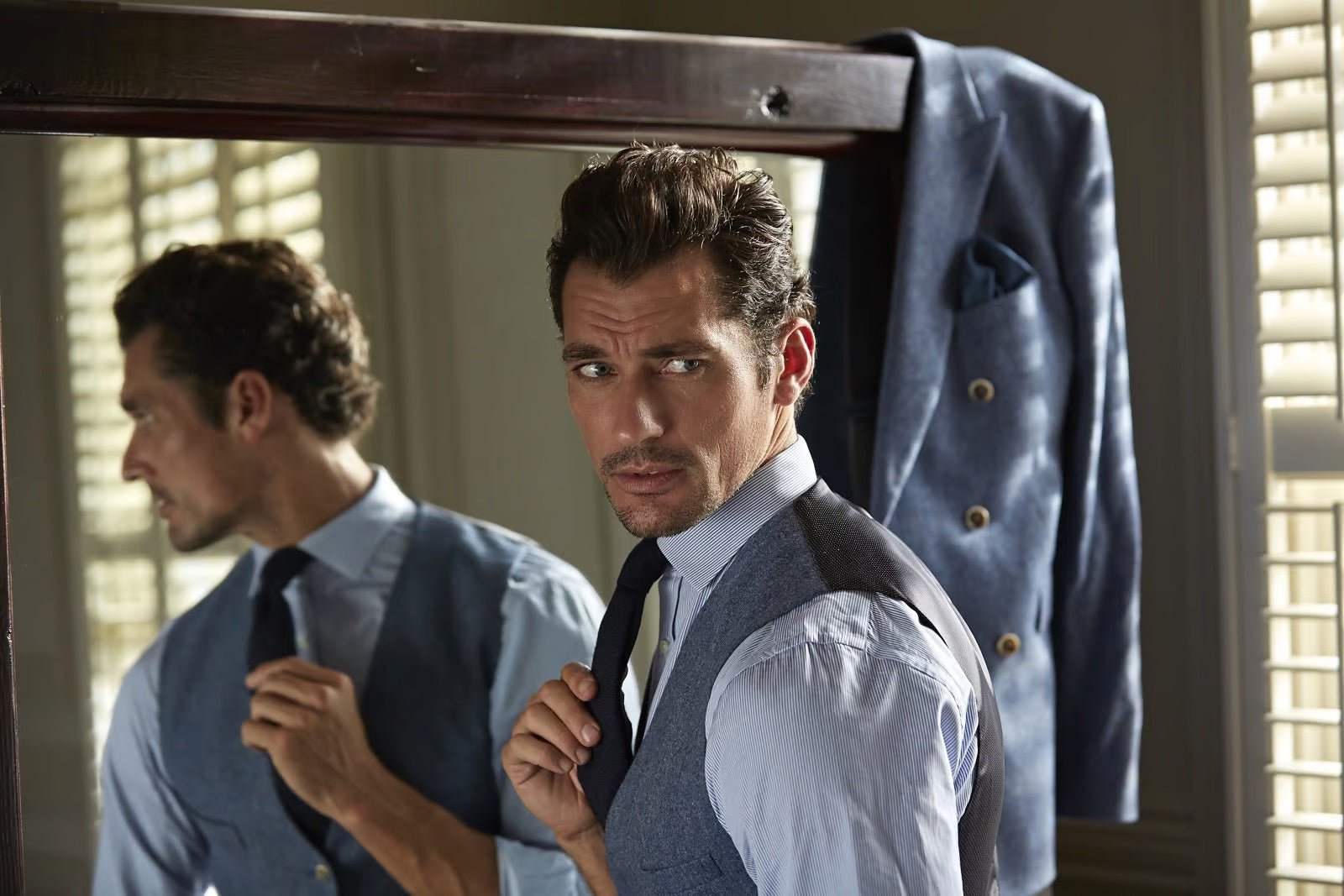
The History Of Black Tie & The Bow Tie
To celebrate the launch of the London Sock Company’s David Gandy Collection of luxury men’s accessories, including a range of neckties, we take a look at the story of the evolution of the necktie.
The tie started out life in the 17th Century in Croatia. During the long and bloody Thirty Years War (1618-1648) Croatian soldiers used scarf-like neckwear to hold the collars of their shirts together. The story goes that the name ‘cravat’ is a derivation of ‘Croat’. French soldiers took the style back home and it was adopted by the aristocracy, who probably felt like a change from the starched and pleated ruffs that had been all the rage up until then. France was the fashion leader of the West at the time, and by the 18th Century, European aristocats were wearing more elaborately knotted versions that were far more to do with style than keeping shirts together.

Whether the cravat evolved into the bow tie or the four-in-hand necktie first, we do not know. But at some point in the 18th– 19th centuries, they both came along and they’ve never gone away as gentlemen’s preferred neckwear.
It was in 1886, that the bow tie truly consolidated its position in fashion history. The tobacco tycoon Pierre Lorillard designed a new style of formal suit for a ball held at his estate, the Tuxedo Club in Orange County, just outside New York. The tuxedo and black bow tie look was introduced to America and the world. The style became known as ‘black tie’ and from that day it replaced the previous formal eveningwear of choice, which had been white tie and tailcoat.
The tuxedo and black bow tie became world famous in the 20th Century with wearers such as comedian Charlie Chapman, dancer Fred Astaire, and crooners Frank Sinatra and Dean Martin. Casually, bow ties were worn by doctors, professors and all kinds of well-to-do gentlemen. Then bow ties were taken on by fashion designers such as Karl Lagerfeld and Manolo Blahnik, who played with formal neckwear by finding new ways of wearing it.

Frank Sinatra with Judy Garland and Dean Martin, 1962
While the bow tie has limited popularity for casual wear these days – it is still the go to choice for ‘black tie’ dress codes… or is it?
Certain members of the old school might say that wearing a dark tie with a tuxedo is a ‘Hollywood tuxedo’ in a disparaging manner. But the old idea of the black tie essentially being a uniform for men so that the female half of a couple can visually shine seems just a little out-dated. These days men are allowed to play a little faster and freer with the rules. In fact, even the style editors are recommending a dark necktie as an alternative for black tie events these days.

David Gandy wearing his Premiere Occasion, London Sock Co. tie, pocket square and sock set
And let’s not forget that the tuxedo and black bow tie was once a rule breaker itself. As ever, we suggest you wear what’s right for you. Because style isn’t a one size fits all tuxedo – is it?
